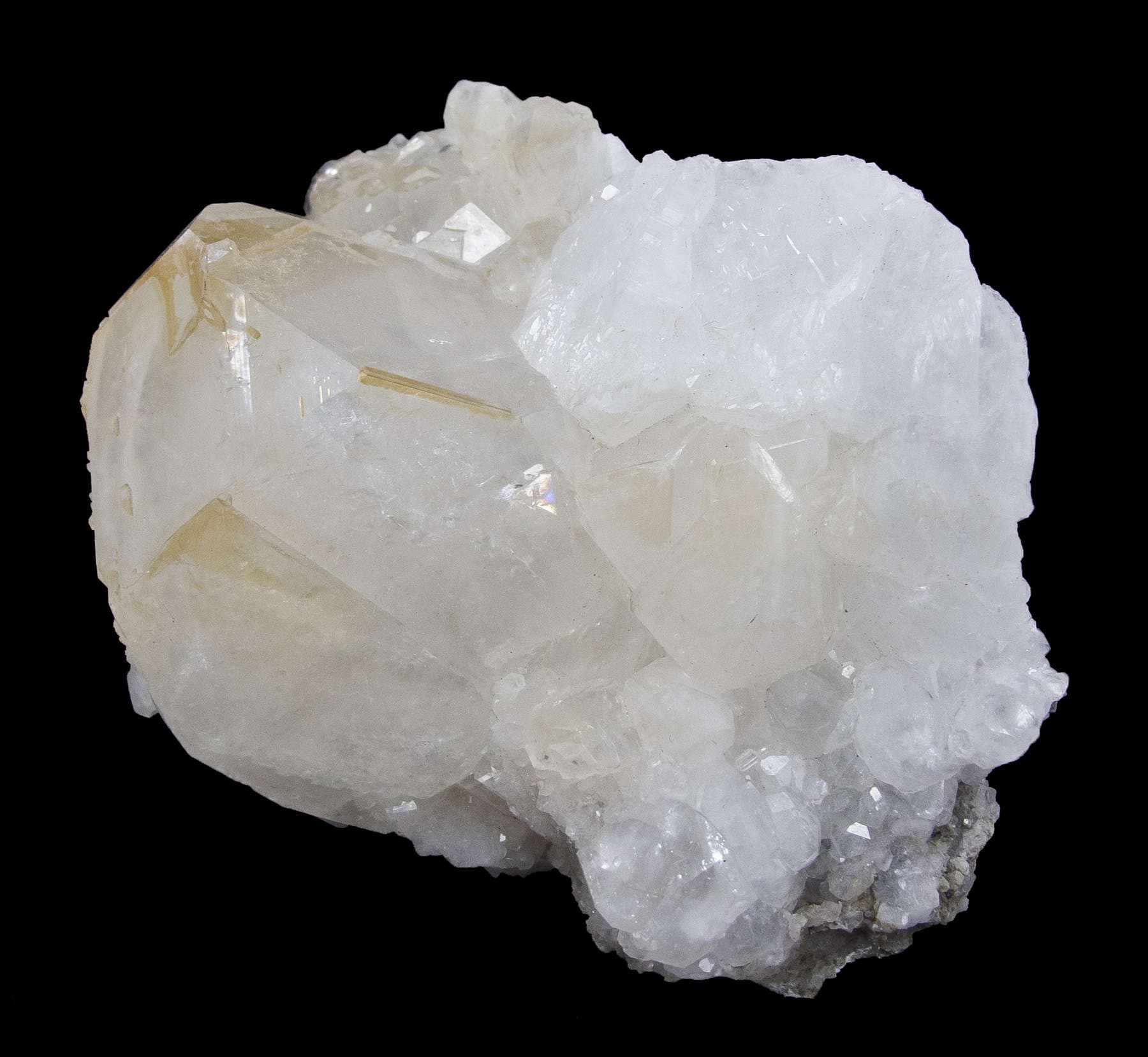Professional Gemologist Certification Course
Gemstone Physical Properties
Specific Gravity
Specific gravity (SG) or density refers to how much something weighs in relation to its size. For example, a cubic centimeter of steel is much heavier than a cubic centimeter of styrofoam. SG is expressed as the relationship to an equivalent volume of water. For example, a gem with a specific gravity of 3 weighs three times as much as the same amount of water.
In gemology, the terms specific gravity and density are interchangeable.
Specific Gravity Values of Popular Gemstones
| Gem | SG |
| Garnet | 3.40-4.25 |
| Corundum | 3.97-4.03 |
| Topaz | 3.53-3.56 |
| Diamond | 3.51-3.53 |
| Peridot | 3.27-3.48 |
| Tourmaline | 2.84-3.10 |
| Beryl | 2.66-2.80 |
| Quartz | 2.63-2.68 |
| Opal | 1.99-2.25 |
| Amber | 1.05-1.096 |
As you can see from the chart, few gems share the same SG range. This makes SG one of the most useful gemstone physical properties you can have for identification. However, measuring specific gravity is difficult and time consuming. Thus, you normally only conduct this test when necessary. (See “The Art and Science of Identifying Gemstones” for new identification procedures that don’t typically require SG testing).
Using Specific Gravity to Estimate Gem Weight
When you’re buying and selling gems, knowing the SG of a…
Donald Clark, CSM IMG
International Gem Society
Never Stop Learning
When you join the IGS community, you get trusted diamond & gemstone information when you need it.
Get Gemology Insights
Get started with the International Gem Society’s free guide to gemstone identification. Join our weekly newsletter & get a free copy of the Gem ID Checklist!



